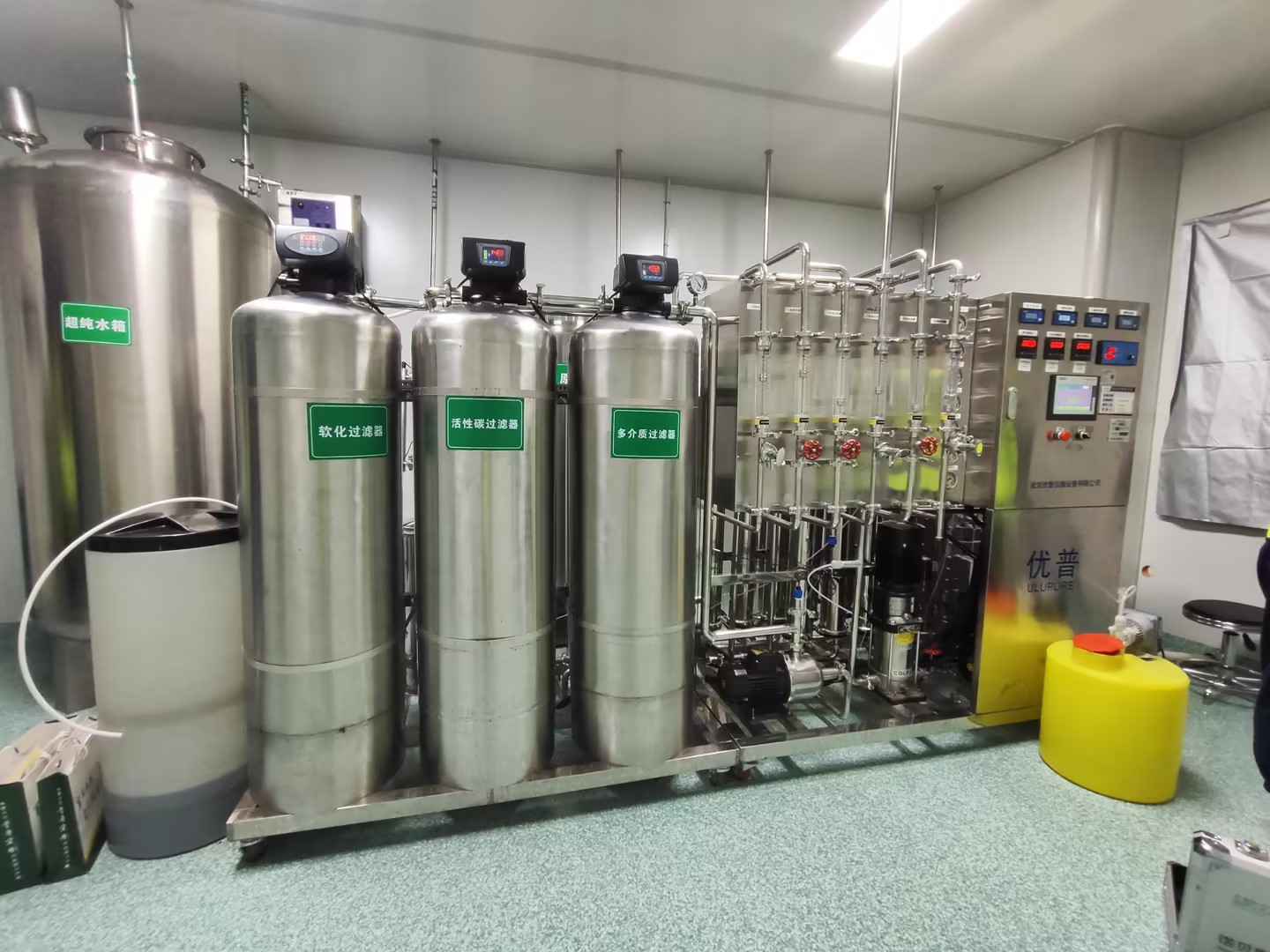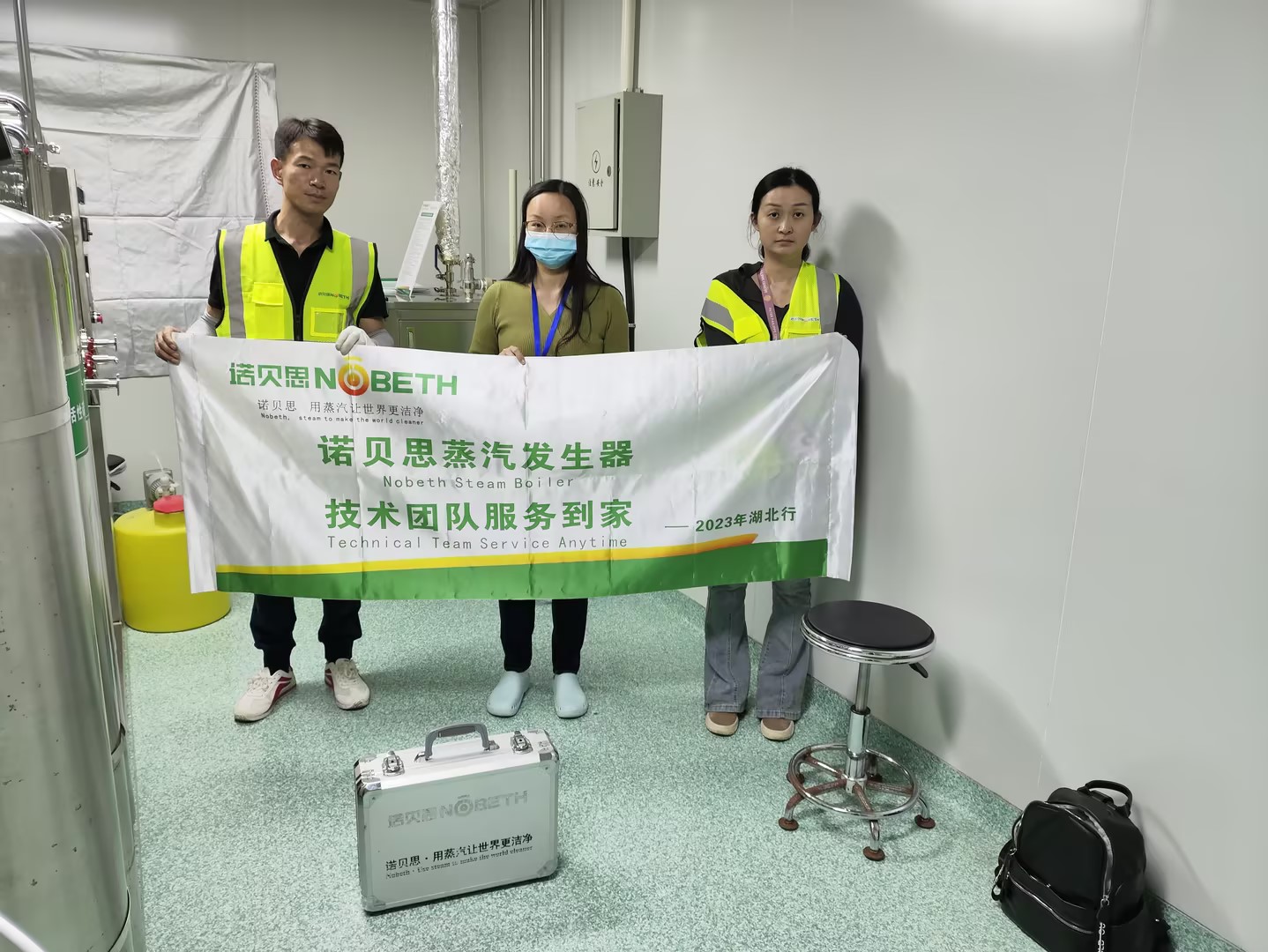What happens to a steam generator without water treatment?
Summary: Why steam generators need water distribution treatment
Steam generators have high requirements for water quality. When purchasing a steam generator and putting it into production, improper local water quality treatment will affect the life of the steam generator, and water treatment will soften the water.
To install and use a steam generator, it must be equipped with a water softener. What is a water softener? The water softener is a sodium ion exchanger, which softens hard water for production needs. It consists of a resin tank, a salt tank, and a control valve. What harm will happen if the water is not treated?
1. If the local water quality is uncertain, if water treatment is not used, scale will easily form inside, seriously reducing the thermal efficiency of the steam generator;
2. Excessive scale will lengthen the heating time and increase energy costs;
3. Poor water quality can easily corrode metal surfaces and reduce the life of the steam generator;
4. There is too much scale in the water pipes. If it is not cleaned in time, it will block the pipes and cause abnormal water circulation.
When impurities in the water are saturated in the engine water, they will be corroded by solid matter. If paroxysmal solid matter is suspended in engine water, it is called sludge; if it adheres to heated surfaces, it is called scale. The steam generator is also a heat exchange device. Fouling will have a great impact on the heat transfer of the steam generator. The thermal conductivity of fouling is one-tenth to hundreds of times that of steel.
Therefore, Nobeth technical engineers will recommend customers to use a water softener. The water softener can effectively filter out calcium and magnesium ions in the water, allowing the steam generator to work in a favorable environment.
In order not to affect the use of the steam generator, a set of water softener is equipped. The softened water can reduce metal corrosion and greatly increase the service life of the steam generator. The water processor plays a great role in the electric steam generator. The water processor is one of the important links to ensure the normal operation of the steam generator.
Therefore, steam generator scaling can cause the following hazards:
1. Fuel waste
After the steam generator is scaled, the heat transfer function of the heating surface becomes poor, and the heat released by fuel burning cannot be transferred to the water in the generator in time. A large amount of heat is taken away by the flue gas, causing the exhaust temperature to be too high. If the exhaust gas is lost and increased, the thermal power of the steam generator will be reduced, and about 1mm of scale will waste 10% of the fuel.
2. The heating surface is damaged
Due to the poor heat transfer function of the steam generator, the heat of fuel combustion cannot be quickly transferred to the generator water, resulting in an increase in furnace and flue gas temperatures. Therefore, the temperature difference on both sides of the heating surface increases, the temperature of the metal wall increases, the strength decreases, and the metal wall bulges or even explodes under the pressure of the generator.

